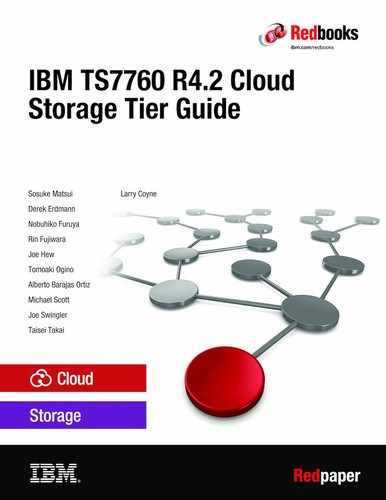Book Description
Building on over 20 years of virtual tape experience, the TS7760 now supports the ability to store virtual tape volumes in an object store. This IBM Redpaper publication helps you set up and configure the new cloud object storage support for IBM Cloud Object Storage (COS) or Amazon Web Services (AWS).
The TS7700 supported off loading to physical tape for over two decades. Off loading to physical tape behind a TS7700 is used by hundreds of organizations around the world. By using the same hierarchical storage techniques, the TS7700 can also off load to object storage. Because object storage is cloud-based and accessible from different regions, the TS7760 Cloud Storage Tier support essentially allows the cloud to be an extension of the grid.
In this IBM Redpaper publication, we provide a brief overview of cloud technology with an emphasis on Object Storage. Object Storage is used by a broad set of technologies, including those technologies that are exclusive to IBM Z®.
The aim of this publication is to provide a basic understanding of cloud, Object Storage, and different ways it can be integrated into your environment.
This Redpaper is intended for system architects and storage administrators with TS7700 experience who want to add the support of a Cloud Storage Tier to their TS7700 solution.
